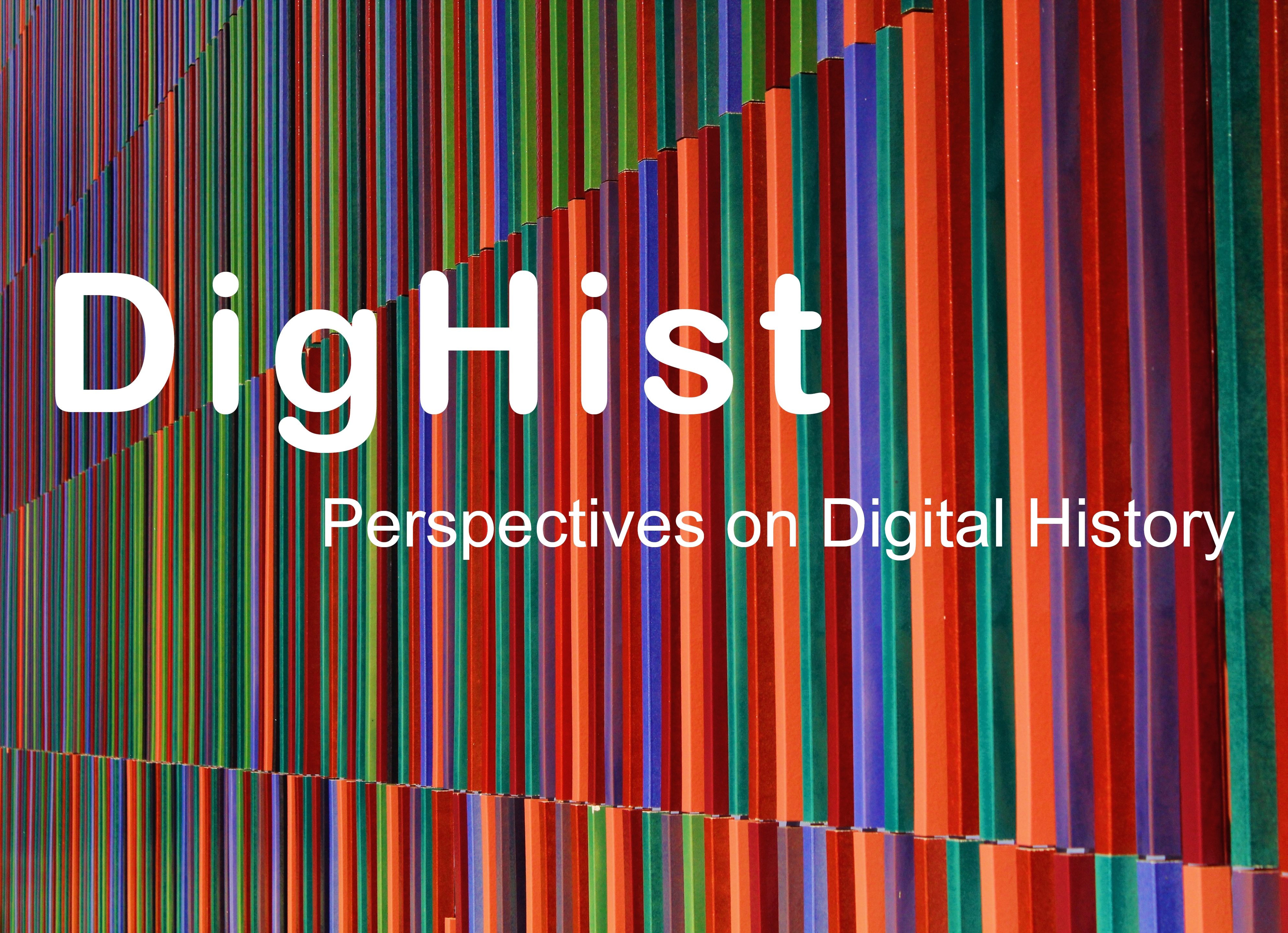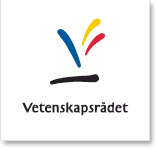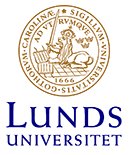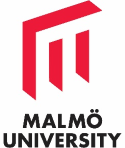BLOG DigHist – Perspectives on Digital History. An academic blog series: Introduction

by Sara Ellis Nilsson, Linnæus University and Lund University
In May 2018, a workshop was held at Malmö University on the subject of Digital History, bringing together Scandinavian scholars from a number of history disciplines. The purpose of the workshop was to discuss ontologies of digital history from different perspectives and can be seen as a first step taken in order to engage critically with this growing field and to create an inter-Scandinavian network. These scholars are active within, for instance, digital pedagogy, public history, history, and literary history.
In the past few years, the field of Digital Humanities (DH) has diversified to become truly extensive and dynamic. Focusing on one of its aspects, this amazing diversity sometimes leads to confusion in what exactly “digital history” includes. Indeed, the wide range of perspectives on ontologies of digital history was reflected in the workshop presentations and discussions. Here follow a few examples of what was discussed:
- challenging digital technology conventions;
- using databases, their problems and potentials;
- the potential of the digital to bridge gaps between historical disciplines;
- infrastructural problems hampering completion of digital projects;
- importance of digitizing museum and archival collections;
- issues of authority with ease of access to primary sources;
- and the vital importance of Linked Open Data to connect and publish datasets and ensure long-term stability.
In order to share the results of this workshop with a wider audience, a series of academic blog posts will be published every Friday for the next six weeks. These posts all engage with various aspects of the ontology of the digital and the “digital turn”: from a more general overview of the opportunities it provides, to its potential to bridge divides between disciplines and promote further understanding, and examples of practical applications in terms of new research methodologies. Questions are raised such as: how can digital media enable other forms of research communication than the book or article? How is the way scholars communicate their research shifting in response to new forms of digital media? Can digital methods promote cooperation between academic disciplines?
Following on these aspects, the ongoing effort to digitize source material, its potentials and pitfalls, will also be discussed. Can digitization lead to new insights into old source material? What measures must be taken to create innovative, digital sources that differ from previous analogue editions? Another important theme concerns visualization. The combination of geographical and linguistic material will be explored, as will the potential for mapping platforms. In addition, the issue of ontologies will be addressed in relation to open access. How does the digitization of source material affect the public consumption of history? How can educators and scholars grapple with this increased access? These questions and more will be addressed over the next 6 weeks.
The blogs will be posted as follows:
- March 8
Kenneth Nyberg, University of Gothenburg
“Historians and the new (digital) media landscape”
- March 15
Tobias Karlsson, Lund University
“Let us make the ‘digital turn’ a ‘narrative turn’! On the gap between two history disciplines and how to bridge it”
- March 22
Inka Moilanen, Stockholm University
“Virtues, Vices, and Vectors: Digital Tools and the Study of Medieval Sermons”
- March 29
Anna Foka, University of Uppsala and University of Umeå
with Elton Barker, Kyriaki Konstantinidou & Johan Åhlfeldt
“Contemplating a Digital Periegesis”
- April 5
Agnieszka Backman and Alexandra Petrulevich, Uppsala University
”Norse World – a digital humanities resource for spatial analysis of medieval texts”
- April 12
Sara Ellis Nilsson, Linnæus University and Lund University
“Digitizing the Past for Cultural Heritage Research, Education, and Public Consumption”
Photo by André Roma on Unsplash




